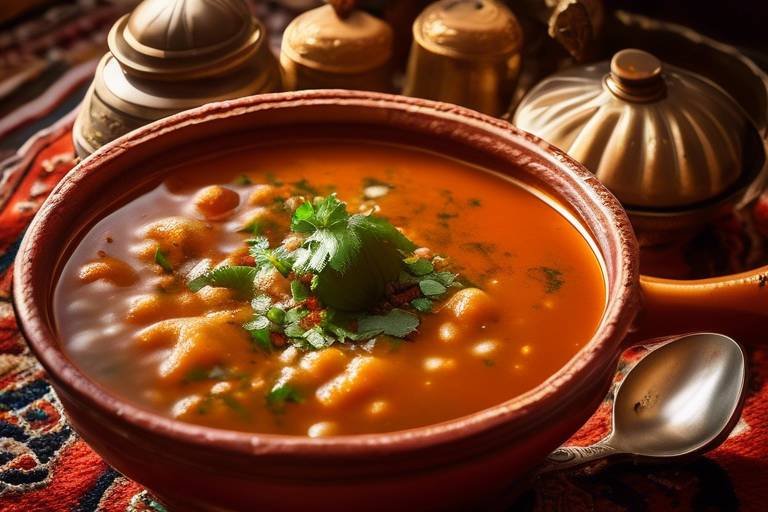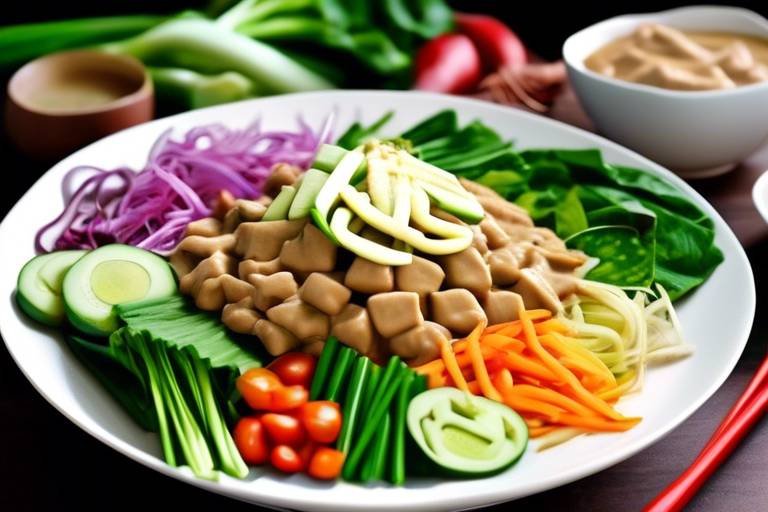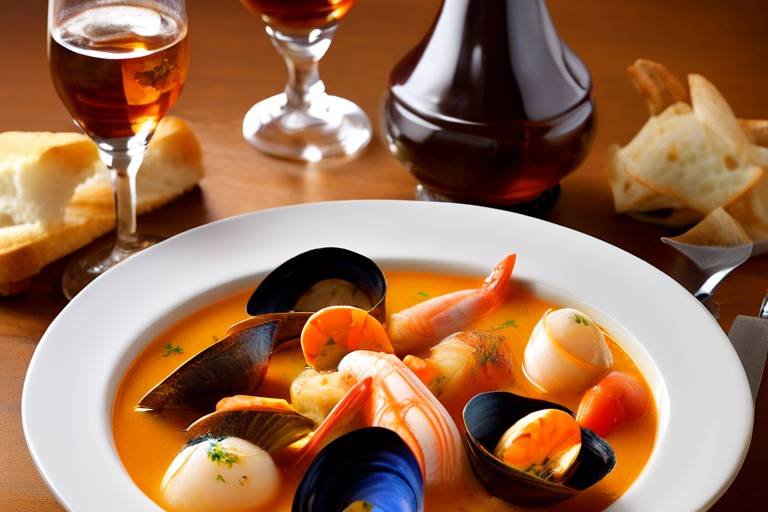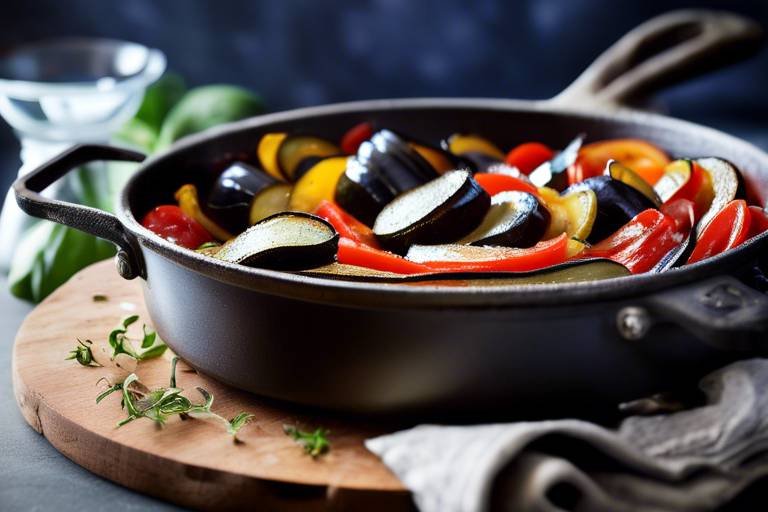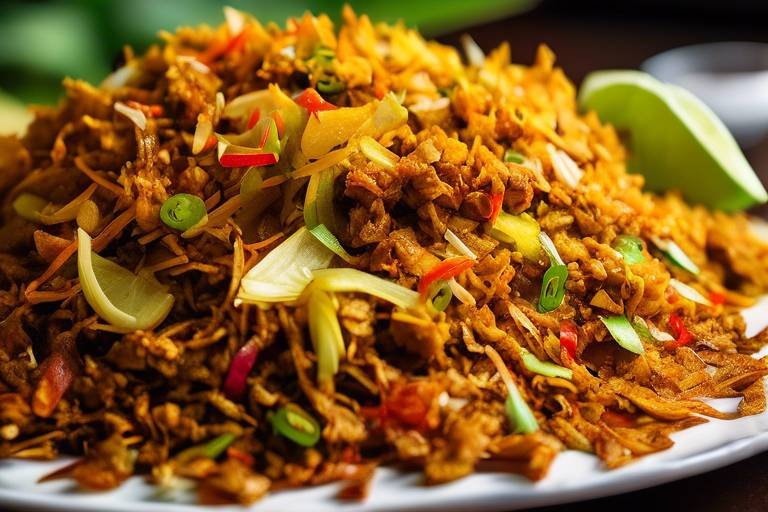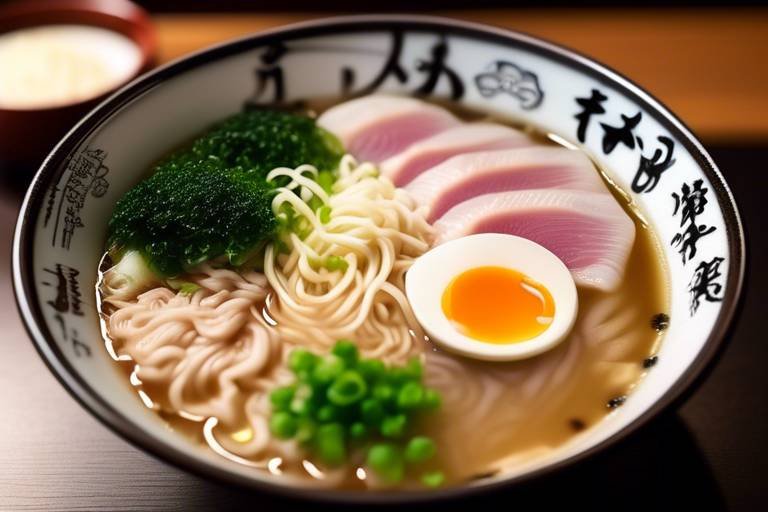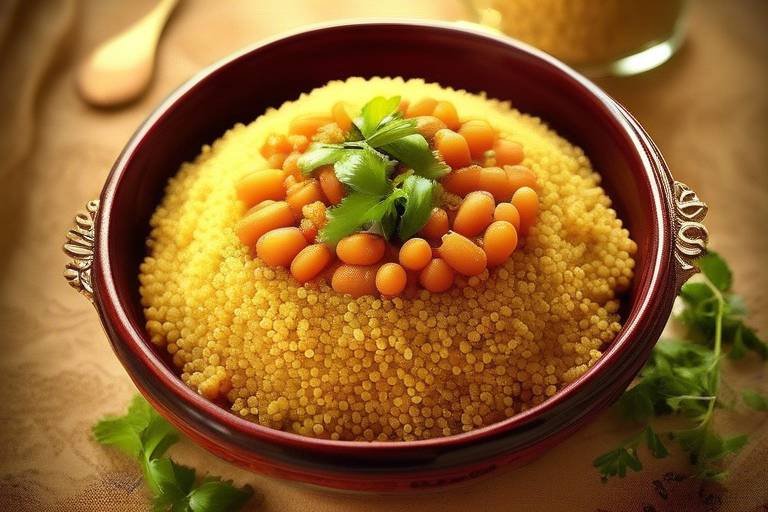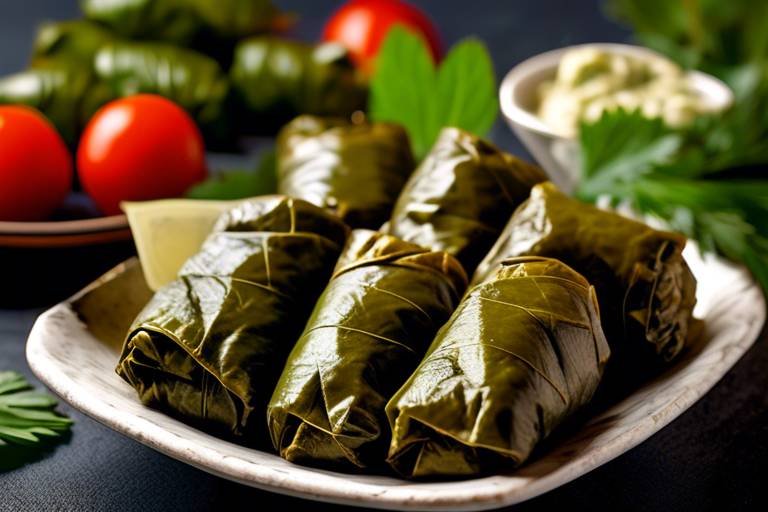Discovering the Flavors of Authentic Turkish Meze
Embark on a culinary journey through the vibrant world of authentic Turkish meze, where each bite tells a story of tradition and flavor. Turkish meze, a collection of small appetizer dishes, offers a delightful array of tastes that reflect the rich cultural heritage of Turkey. From tangy yogurt dips to herb-infused salads, every meze dish is a celebration of fresh ingredients and bold flavors.

History of Turkish Meze
The history of Turkish meze is a fascinating journey that dates back centuries, offering a glimpse into the rich culinary heritage of Turkey. Meze, derived from the Persian word "mazze," meaning taste or snack, has been an integral part of Turkish cuisine since the days of the Ottoman Empire. These small plates were originally served as appetizers to whet the appetite before the main meal, showcasing a variety of flavors and textures.
Throughout history, Turkish meze has evolved and adapted, influenced by various cultures and regions. The tradition of sharing meze with loved ones reflects the communal aspect of Turkish dining, where conversation and connection are as important as the food itself. Meze has become a symbol of hospitality and generosity in Turkish culture, with each dish telling a story of tradition and innovation.
Key ingredients in Turkish meze, such as olive oil, yogurt, garlic, and fresh herbs, have been staples in the Mediterranean diet for centuries. The use of seasonal produce and local spices adds depth and complexity to these dishes, creating a symphony of flavors that delight the senses.
From the bustling streets of Istanbul to the coastal villages of the Aegean, Turkish meze has become a culinary art form, with each region putting its unique twist on traditional recipes. Whether it's the smoky flavor of eggplant in baba ghanoush or the tangy kick of ezme salad, Turkish meze offers a diverse range of tastes and textures to explore.
As you delve into the history of Turkish meze, you'll discover a tapestry of flavors that reflect the cultural melting pot of Turkey. Each bite is a journey through time, connecting you to the past while tantalizing your taste buds with the promise of new culinary adventures.

Popular Ingredients in Turkish Meze
When it comes to Turkish meze, the key to their irresistible flavors lies in the popular ingredients that are used to create these delectable dishes. Fresh herbs, olive oil, yogurt, and a variety of vegetables and spices play a crucial role in defining the taste profile of Turkish meze. These ingredients not only add depth and complexity to the dishes but also contribute to the vibrant and colorful presentation that is characteristic of Turkish cuisine.
One of the most beloved ingredients in Turkish meze is yogurt, which is used in various forms such as in dips, sauces, and salads. Its creamy texture and tangy flavor provide a refreshing contrast to the rich and savory dishes. Olive oil, another staple in Turkish cooking, adds a fruity and aromatic note to the meze, enhancing the overall taste experience.
Herbs like parsley, mint, dill, and cilantro are commonly used to infuse the dishes with fresh and herbaceous flavors. These herbs not only add a burst of freshness but also contribute to the visual appeal of the meze, creating a feast for both the eyes and the palate. Additionally, vegetables like tomatoes, cucumbers, eggplants, and peppers are often featured in various meze dishes, providing a crunchy texture and a burst of natural sweetness.
Spices such as sumac, cumin, paprika, and red pepper flakes are used to season and elevate the flavors of Turkish meze. These spices add warmth, depth, and a hint of heat to the dishes, creating a harmonious balance of flavors that is both comforting and exciting. By combining these popular ingredients in creative ways, Turkish chefs are able to craft a diverse and tantalizing array of meze that cater to a wide range of tastes and preferences.
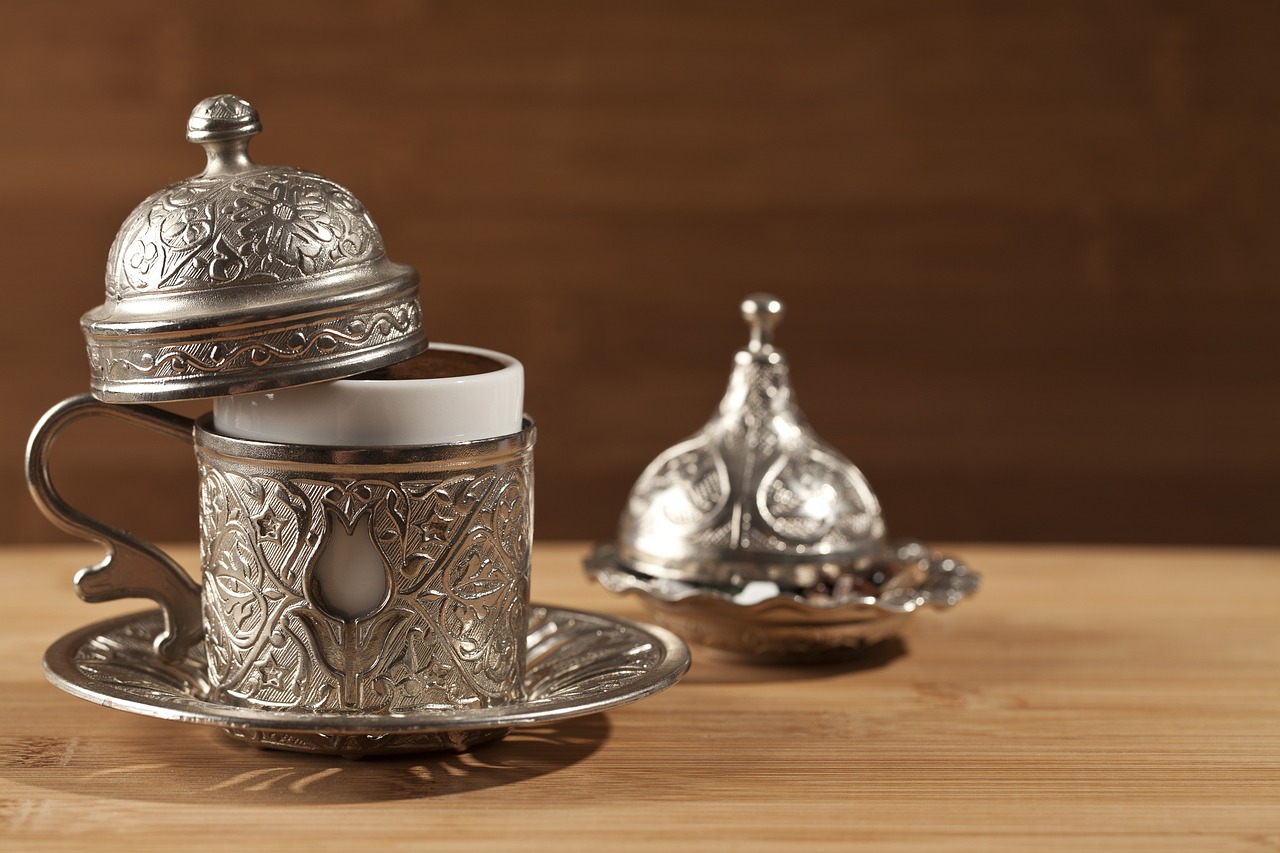
Varieties of Turkish Meze
Turkish cuisine boasts a rich tapestry of meze options that cater to a wide array of tastes and preferences. From creamy dips to savory pastries, there is a meze dish for every palate. One of the most popular mezes is hummus, a creamy blend of chickpeas, tahini, olive oil, and lemon juice, perfect for spreading on warm pita bread. Cacik, another beloved meze, features yogurt mixed with cucumbers, garlic, and mint, offering a refreshing and tangy flavor.
For those craving a spicy kick, muhammara is a must-try meze made from roasted red peppers, walnuts, breadcrumbs, and pomegranate molasses, creating a unique combination of sweet and spicy notes. Sigara boregi, a crispy pastry filled with feta cheese and parsley, is a delightful meze that satisfies both savory and crunchy cravings.
Exploring the diverse culinary landscape of Turkish meze reveals an abundance of flavors and textures that celebrate the country's culinary heritage. Whether you prefer light and refreshing salads or hearty meat-based dishes, Turkish meze offers a delightful journey for your taste buds.

Traditional Serving Customs
When it comes to experiencing the true essence of Turkish cuisine, understanding the traditional serving customs of Turkish meze is essential. In Turkish culture, meze is not just a prelude to the main course but a social ritual that brings people together around a table filled with an array of small dishes.
Typically, a Turkish meal starts with a selection of cold mezes, known as "soguk meze," followed by hot mezes, or "sicak meze." This progression allows diners to savor a variety of flavors and textures, building up to the main course. The communal aspect of sharing meze encourages conversation and conviviality, creating a warm and inviting atmosphere.
When serving Turkish meze, presentation plays a crucial role. Mezes are often arranged on small plates or in bowls, allowing diners to sample a bit of everything. The colors and textures of the dishes are carefully considered to create a visually appealing spread that is as delightful to look at as it is to taste.
One common practice in Turkish dining is to use bread, such as pide or lavas, as a utensil for scooping up meze. This hands-on approach to eating emphasizes the tactile experience of enjoying meze and adds an interactive element to the meal.
Moreover, the order in which mezes are served is not random but follows a considered sequence based on flavors and ingredients. Lighter, refreshing mezes like yogurt-based dips may precede richer, more robust dishes like stuffed grape leaves or fried pastries, creating a harmonious progression of tastes.
Overall, the serving of Turkish meze is not just about nourishment but about creating a shared experience that celebrates the flavors, textures, and traditions of Turkish cuisine. It is a culinary journey that invites guests to savor each bite and enjoy the company of those around them.

Health Benefits of Turkish Meze
Turkish meze offers not only a delightful culinary experience but also a plethora of health benefits. These small plates are often packed with nutritious ingredients that contribute to overall well-being. Fresh vegetables, such as tomatoes, cucumbers, and bell peppers, are commonly used in meze dishes, providing a rich source of vitamins, minerals, and antioxidants. These vegetables are not only flavorful but also promote good health by boosting the immune system and supporting digestion.
Another key component of Turkish meze is olive oil, known for its heart-healthy properties. Olive oil is a staple in Mediterranean cuisine and is a primary source of healthy fats that can help reduce the risk of heart disease and inflammation. The inclusion of olive oil in meze dishes adds a distinctive flavor while offering numerous health benefits.
Yogurt is also a prominent ingredient in Turkish meze, adding a creamy texture and tangy flavor to various dips and salads. Yogurt is a rich source of probiotics, beneficial bacteria that promote gut health and aid in digestion. Consuming yogurt-based meze dishes can contribute to a healthy gut microbiome, which is essential for overall digestive health and immune function.
Furthermore, Turkish meze often incorporates legumes, such as chickpeas and lentils, which are excellent sources of plant-based protein, fiber, and essential nutrients. Legumes are known to support weight management, lower cholesterol levels, and regulate blood sugar levels. Including legume-based meze dishes in your diet can help promote satiety and provide sustained energy throughout the day.
In addition to the individual health benefits of the ingredients used in Turkish meze, the overall concept of enjoying a variety of small dishes can lead to mindful eating habits. By savoring and sharing different meze options, individuals are encouraged to eat slowly, appreciate flavors, and practice portion control. This approach to dining can promote a balanced diet and prevent overeating, contributing to overall health and well-being.

Meze Culture in Turkish Society
In Turkish society, the culture of meze holds a special place, transcending mere culinary enjoyment to become a social ritual filled with warmth and camaraderie. Picture a bustling table adorned with an array of colorful small plates, each offering a burst of flavor and a story to share. Meze is not just about eating; it's about connecting. It serves as a catalyst for conversation, bringing people together in a shared experience that goes beyond the act of dining.
When sitting down to a meze spread in Turkey, it's not just about the food on the table but the bonds being strengthened around it. The act of sharing meze symbolizes openness and generosity, inviting guests to partake in a communal feast where everyone's tastes and preferences are considered. It's a gesture of hospitality that speaks volumes without the need for words.
Meze culture in Turkish society reflects the values of togetherness and unity, emphasizing the importance of relationships and shared experiences. Whether enjoyed in a bustling restaurant or a cozy home setting, the tradition of meze fosters a sense of belonging and connection, creating memories that linger long after the plates have been cleared.
Moreover, the variety of meze options available allows for a diverse range of flavors and textures to be explored, catering to different palates and preferences. From tangy yogurt dips to smoky eggplant dishes, each meze tells a story of tradition and innovation, reflecting the rich tapestry of Turkish culinary heritage.
As conversations flow and laughter fills the air, meze becomes more than just a meal—it becomes a shared experience that brings people closer together. The act of passing plates, offering tastes, and savoring each bite creates a sense of intimacy and connection that transcends language and cultural barriers.

Modern Twists on Traditional Meze
When it comes to modern twists on traditional Turkish meze, chefs and home cooks alike are constantly experimenting with new flavors and techniques to elevate these beloved dishes. Imagine the familiar flavors of classic meze dishes meeting the creativity and innovation of contemporary culinary trends – it's like a culinary explosion on your taste buds!
One popular modern twist is the fusion of traditional meze ingredients with global flavors, creating a harmonious blend of tastes and textures. Picture a creamy hummus infused with smoky chipotle peppers or a tangy yogurt dip with a hint of Japanese miso – these inventive combinations add a surprising twist to the familiar meze spread.
Another trend in modern Turkish meze is the use of unconventional ingredients to reinvent classic dishes. Chefs are pushing boundaries by incorporating unexpected elements like truffle oil, exotic spices, or even edible flowers into traditional recipes, resulting in meze creations that are as visually stunning as they are delicious.
Furthermore, modern twists on traditional meze often focus on presentation, with chefs paying meticulous attention to the visual appeal of the dishes. Imagine a vibrant beetroot dip garnished with edible microgreens or a colorful array of stuffed grape leaves arranged artfully on a platter – these visually striking presentations add an element of artistry to the dining experience.
Ultimately, modern twists on traditional Turkish meze offer a delightful journey of culinary exploration, where the familiar meets the unexpected in a harmonious blend of flavors, textures, and creativity. Whether you're a seasoned food enthusiast or a curious novice, embracing these innovative meze creations is sure to spark joy and excitement at the dining table.

Creating Your Own Turkish Meze Spread
Are you ready to embark on a culinary adventure in your own kitchen and create a delightful Turkish meze spread? Crafting your own meze selection allows you to experience the vibrant flavors and aromas of traditional Turkish cuisine while adding your own twist to the mix. To start, gather a variety of key ingredients that form the foundation of Turkish meze, such as fresh herbs, olive oil, yogurt, and an assortment of vegetables and spices.
One popular choice for a homemade meze spread is the classic hummus, a creamy blend of chickpeas, tahini, lemon juice, and garlic. Pair it with babaganoush, a smoky eggplant dip, and tzatziki, a refreshing yogurt and cucumber dip, for a well-rounded selection of flavors and textures.
For a touch of indulgence, consider adding sucuk, a spicy Turkish sausage, and sarma, grape leaves stuffed with a savory mixture of rice, herbs, and spices. These hearty options can complement the lighter, refreshing mezes and provide a satisfying balance to your spread.
When arranging your meze spread, think about presentation as well as taste. Use small plates or bowls to showcase each dish individually, allowing guests to mix and match according to their preferences. Consider incorporating colorful garnishes like fresh parsley, sumac, or pomegranate seeds to add visual appeal and enhance the overall dining experience.
Don't forget to accompany your meze spread with freshly baked pita bread or lavash, traditional Turkish flatbread, for scooping up dips and savoring the flavors. A glass of arak, an anise-flavored spirit, or ayran, a refreshing yogurt drink, can elevate the meal and provide a taste of authentic Turkish hospitality.
Experiment with different combinations and flavors to create a meze spread that reflects your personal taste and style. Whether you're hosting a gathering with friends or simply enjoying a cozy night in, crafting your own Turkish meze spread is a rewarding culinary experience that celebrates the rich heritage of Turkish cuisine.
Frequently Asked Questions
- What is Turkish Meze?
Turkish Meze refers to a selection of small dishes or appetizers that are typically served before the main course in Turkish cuisine. These dishes are meant to be shared and enjoyed together, offering a variety of flavors and textures.
- What are some popular ingredients used in Turkish Meze?
Common ingredients in Turkish Meze include fresh herbs like parsley and mint, olive oil, yogurt, garlic, eggplant, tomatoes, and various spices such as cumin and paprika. These ingredients contribute to the vibrant and rich flavors of Turkish Meze.
- How is Turkish Meze traditionally served?
Traditionally, Turkish Meze is served as a selection of cold and hot dishes, ranging from dips and salads to grilled vegetables and meatballs. It is common to start a meal with a variety of mezes before moving on to the main course.
- What are the health benefits of Turkish Meze?
Turkish Meze often incorporates fresh and wholesome ingredients such as vegetables, legumes, and olive oil, making it a nutritious and healthy choice. These dishes are rich in antioxidants, fiber, and essential nutrients.
- How can I create my own Turkish Meze spread at home?
To create your own Turkish Meze spread, you can start by preparing a selection of dips, salads, grilled vegetables, and meat dishes. Use fresh ingredients, herbs, and spices to capture the authentic flavors of Turkish cuisine and enjoy a delightful culinary experience.






